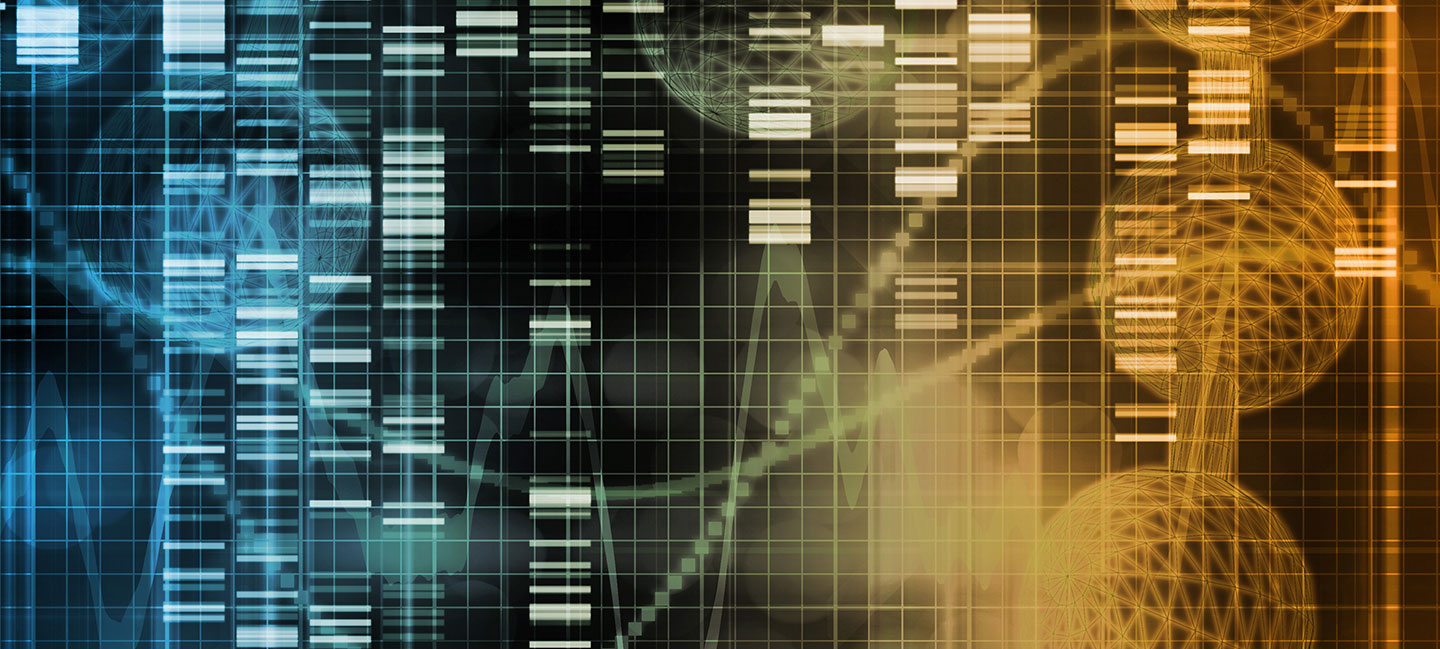Study Identifies Separate Brain Network Disturbances in Bipolar Disorder States
Study Identifies Separate Brain Network Disturbances in Bipolar Disorder States

Using functional magnetic resonance imaging (fMRI) to observe neural connectivity in the brains of bipolar disorder patients, scientists have identified specific disturbances in the brain’s circuitry corresponding with periods of hypomania and depression. Their study appearing July 20 in the journal Neuropsychopharmacology is one of the first relating bipolar states with neural disturbances in terms of network properties, and to examine these disturbances in patients who were not on medication at the time of imaging.
The research was led by Amit Anand, M.D. of the Cleveland Clinic, a 2001 Young Investigator and 2004 and 2007 Independent Investigator grantee. He and his colleagues examined resting state brain activity—the neural activity that occurs when the brain is not engaged with a specific task—in 90 people. One-third of the people were healthy, one-third were in a bipolar depressed state and one-third were in bipolar hypomanic state at the time of imaging. Hypomania is a less intense form of mania’s risk-seeking and unrealistically ambitious behavior.
Compared with the healthy controls, the bipolar patients showed signs of hyperconnectivity in neural networks involving the right amygdala of the brain, and less efficient communication within brain-wide neural networks. fMRI images show that these same networks are also disturbed to a significant extent in patients in a hypomanic state. In patients in a depressive state, hyperconnectivity disturbances were more likely in neural networks involving a part of the brain called the orbitofrontal cortex, and brain-wide, global neural networks were more vulnerable to disruption in these patients.
These differences in network properties could provide further insight into what processes in the brain are affected by the different states of bipolar disorder, Dr. Anand and his colleagues write. The findings may also shape the development of new drugs and the prescribing of current drugs to better treat bipolar disorder, if it turns out that patients with disturbances in specific networks respond differently to medication.
Indiana University School of Medicine researcher Leslie A. Hulvershorn, M.D., M.Sc., a 2010 Young Investigator grantee, joined Dr. Anand as a co-author of the study.



